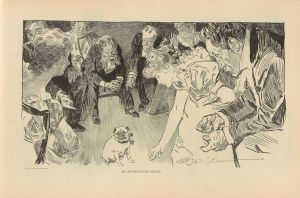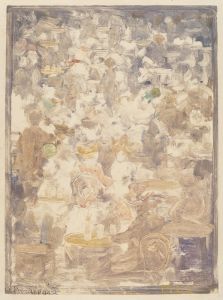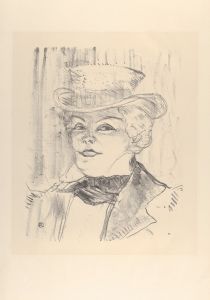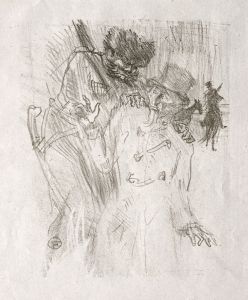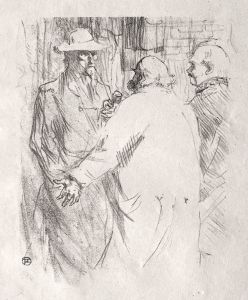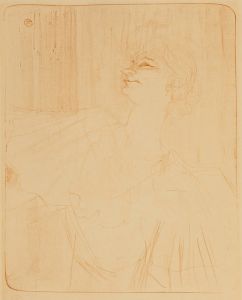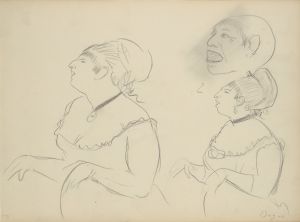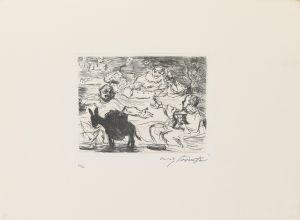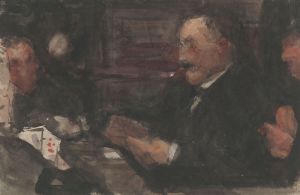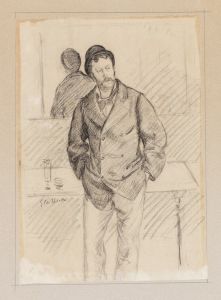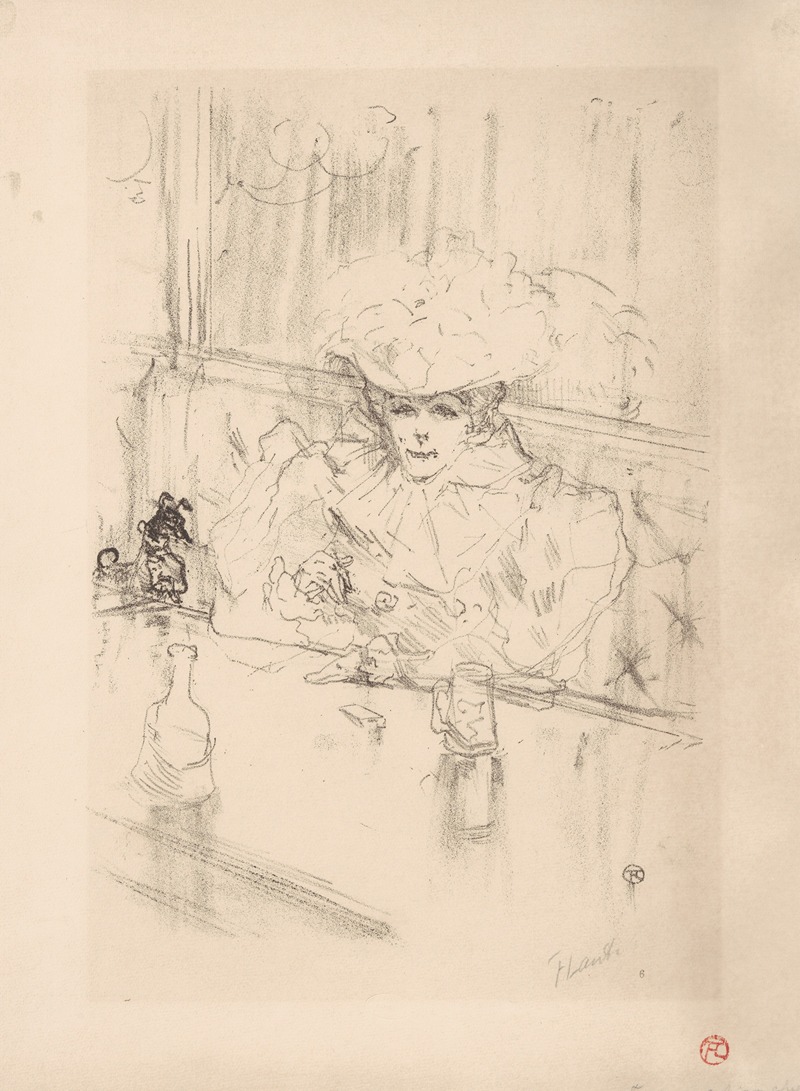
At the Brasserie Hanneton
A hand-painted replica of Henri de Toulouse-Lautrec’s masterpiece At the Brasserie Hanneton, meticulously crafted by professional artists to capture the true essence of the original. Each piece is created with museum-quality canvas and rare mineral pigments, carefully painted by experienced artists with delicate brushstrokes and rich, layered colors to perfectly recreate the texture of the original artwork. Unlike machine-printed reproductions, this hand-painted version brings the painting to life, infused with the artist’s emotions and skill in every stroke. Whether for personal collection or home decoration, it instantly elevates the artistic atmosphere of any space.
Henri de Toulouse-Lautrec, a prominent French painter, printmaker, and illustrator, is renowned for his vivid portrayals of Parisian nightlife in the late 19th century. His work, "At the Brasserie Hanneton," is one of the many pieces that capture the essence of the bohemian lifestyle that characterized the Montmartre district of Paris during this period. Toulouse-Lautrec's art is celebrated for its innovative use of color, line, and composition, which contributed significantly to the Post-Impressionist movement.
"At the Brasserie Hanneton" is a painting that exemplifies Toulouse-Lautrec's keen observation of social settings and his ability to depict the vibrancy and dynamism of the environments he frequented. The Brasserie Hanneton was one of the many popular venues in Paris where people from various social strata gathered, including artists, writers, and performers. Toulouse-Lautrec was a regular visitor to such establishments, which provided him with ample inspiration for his work.
The painting captures a scene typical of a Parisian brasserie, with patrons engaged in conversation and leisure. Toulouse-Lautrec's distinctive style is evident in his use of bold outlines and flat areas of color, which were influenced by Japanese ukiyo-e prints. This approach allowed him to emphasize the characters and their interactions, rather than focusing on intricate details or realistic depictions. The composition of the painting draws the viewer's eye to the central figures, highlighting the social dynamics at play.
Toulouse-Lautrec's work often featured individuals from the entertainment industry, including dancers, singers, and other performers, reflecting his fascination with the theatrical world. His ability to capture the personalities and emotions of his subjects is a hallmark of his art. In "At the Brasserie Hanneton," the figures are depicted with a sense of immediacy and intimacy, inviting the viewer to become part of the scene.
The artist's personal life and experiences heavily influenced his work. Born into an aristocratic family, Toulouse-Lautrec suffered from various health issues that affected his growth and physical appearance. These challenges, coupled with his bohemian lifestyle, gave him a unique perspective on society and its complexities. His art often explored themes of identity, social interaction, and the human condition, making his work both timeless and universally relatable.
Toulouse-Lautrec's contribution to the art world extends beyond his paintings. He was also a pioneer in the field of lithography, creating posters that advertised the performances and venues of Montmartre. These works were instrumental in elevating the status of the poster as a legitimate art form and remain iconic representations of the era.
"At the Brasserie Hanneton" is a testament to Toulouse-Lautrec's ability to capture the spirit of his time. His work continues to be celebrated for its artistic innovation and its insightful portrayal of the vibrant and often tumultuous world of late 19th-century Paris. Through his art, Toulouse-Lautrec offers a window into a bygone era, allowing contemporary audiences to experience the allure and excitement of the Parisian nightlife that so captivated him.





